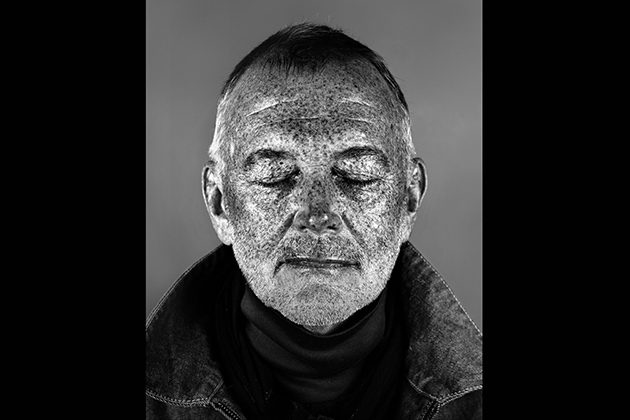Published On January 18, 2017
SKIN DAMAGE CAN BE HARD TO SEE WITH THE NAKED EYE, but photographer Cara Phillips captures her subjects under ultraviolet light, a standby tool of dermatologists. With its shorter wavelength, UV light passes beneath the surface layer of the skin to expose spots of melanin below—part of the body’s response to sun damage. For Phillips, highlighting this damage contrasts with “a culture dominated by retouched images.”
Such damage to the skin can lead to melanoma, one of the more dangerous forms of skin cancer. Men with melanoma fare worse than woman do, and are twice as likely to die from the disease. A study published last December in Science Translational Medicine may begin to explain why. A gene called PPP2R3B helps prevent melanoma, and women benefit more from this because they originally have two X chromosomes, where the gene is found. The vast majority of men have only one X chromosome.






Skin Damage 1
Skin Damage 2
Skin Damage 3
Skin Damage 4
Skin Damage 5
Skin Damage 6